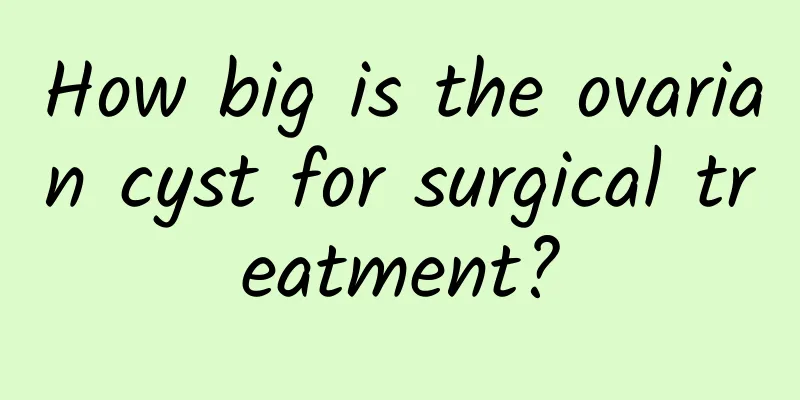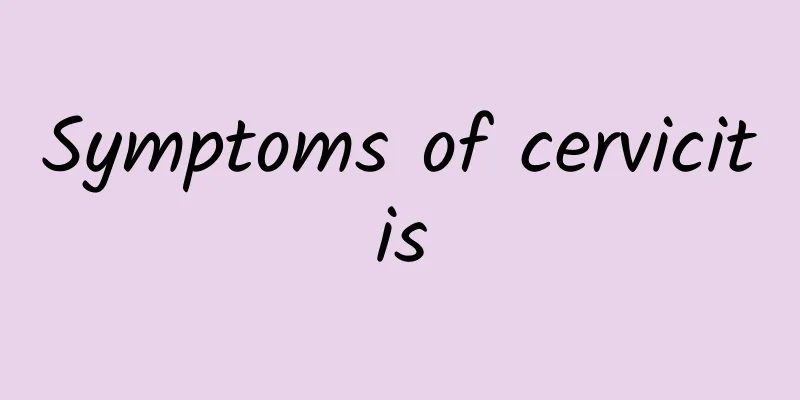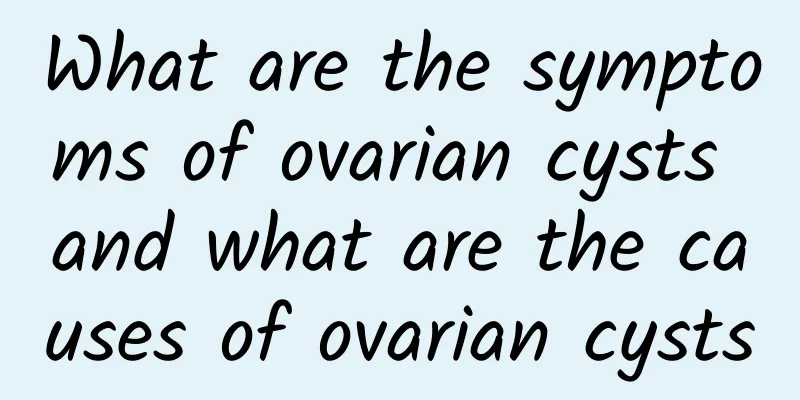The pumpkin is full of treasures! Starch and high potassium content, these two groups should not eat too much

|
Pumpkin is a superfood that can be steamed, boiled, fried or stir-fried. Nutritionists point out that pumpkin is rich in nutrients and is a treasure all over. However, many people regard pumpkin as a "vegetable". However, because it is starchy and high in potassium, patients with diabetes and kidney disease must be more careful when eating it to avoid excessive intake and cause physical burden. Nutritionist Cai Wanrui from Taipei Tzu Chi Hospital pointed out that in Taiwan, pumpkins can be produced almost all year round and are deeply loved by the people. It can be used as a staple food, a dessert, or as medicine. The flesh is delicate and dense, with a soft and sweet texture, and it tastes delicious without seasoning. The seeds are dried and become pumpkin seeds, which are the best snack for drinking tea and chatting. Pumpkin low-calorie seeds help stabilize blood sugar According to the "Taiwan Food Nutrition Database", pumpkin contains only 49 calories per 100 grams, which is the same as sweet potato (109 calories), potato (77 calories), taro (115 calories), and yam (84 calories). It is a low-calorie food rich in fiber, vitamin A, beta-carotene and potassium. Pumpkin is a root food that contains starch. Because it is high in fiber, it can slow down the rise in blood sugar. In addition, pumpkin seeds have a protective effect on the male urinary prostate system because they contain more unsaturated fatty acids and minerals. The rich magnesium in pumpkin seeds can reduce the occurrence of diabetes and glucose intolerance. Pumpkin is a superfood, but two groups should not eat too much Nutritionist Tsai Wan-rui emphasized that from a nutritional point of view, pumpkin is a treasure from head to toe. It is rich in various vitamins and minerals and high in dietary fiber, and can be called a "superfood." However, because pumpkin is starchy and high in potassium, the following two groups should limit their intake: 1. Diabetic patients: In principle, it is recommended that if diabetic patients eat 1 bowl of pumpkin (about 200 grams), the staple food of the meal should be reduced by about 1/3 bowl (about 75 grams), and part of the rice should be replaced by pumpkin. Only in this way can blood sugar be successfully controlled after the meal. 2. People with high blood potassium: such as those with chronic kidney disease or dialysis patients, should avoid eating or reduce the amount of consumption (about 50 to 100 grams per day). When eating, they need to reduce the intake of other potassium-containing foods to prevent the occurrence of hyperkalemia. In addition, there are three common types of pumpkins on the market, and nutritionist Cai Wanrui gives recommendations based on the characteristics of different pumpkins. 1. Oriental pumpkin: It has a long papaya-like appearance and is a common variety in Taiwan. It is suitable for making pumpkin porridge, pumpkin soup or pumpkin rice noodles. 2. Pumpkin: Most are orange and round in shape, suitable for making pumpkin soup or pumpkin pie. 3. Chestnut pumpkin: This is a Japanese variety with a delicate and dense taste. It is recommended to be braising or stewing. 【Steamed Pumpkin with Shredded Ginger】
|
<<: Can e-cigarettes help you lose weight? Quitting smoking is the best way to lose weight
Recommend
Is premature ovarian failure and amenorrhea caused by vascular obstruction?
Is premature ovarian failure and amenorrhea cause...
How long does it take for cervical precancerous lesions to recur?
Cervical precancerous lesions are a relatively co...
What are the symptoms of uterine leiomyoma cancer? How long does it take to live with uterine leiomyoma cancer?
Uterine leiomyoma cancer is a rare, highly malign...
What are the most effective common sense to fight vaginitis?
Vaginitis is of course a common gynecological dis...
Can Sihuang Powder be applied externally to treat pelvic inflammatory disease? Yes, it can be used
The method of external application of Sihuang Pow...
How to use medicine for medical abortion
Nowadays, the social atmosphere is corrupt. Many ...
Experts explain the main characteristics of cervical erosion
Cervical erosion is a cervical disease that poses...
Humid weather can cause vaginitis to recur
Humid weather makes vaginitis more likely to recu...
Prevention of acute pelvic inflammatory disease should avoid unnecessary gynecological examinations
If acute pelvic inflammatory disease is not effec...
Poria cocos and lean meat porridge can assist in the treatment of chronic pelvic inflammatory disease
Chronic pelvic inflammatory disease is often caus...
What is abortion syndrome? Introduction to dietary principles for abortion syndrome
What is abortion syndrome? When you find out you ...
Do you know what is causing vulvar leukoplakia?
Experts analyze the symptoms of vulvar leukoplaki...
What are the symptoms of abnormal leucorrhea
Abnormal leucorrhea may be a symptom of a variety...
The three main causes of ectopic pregnancy in women
"Why did I have an ectopic pregnancy?" ...
What are the exercise methods to prevent abnormal leucorrhea?
In daily life, many women may encounter the gynec...









